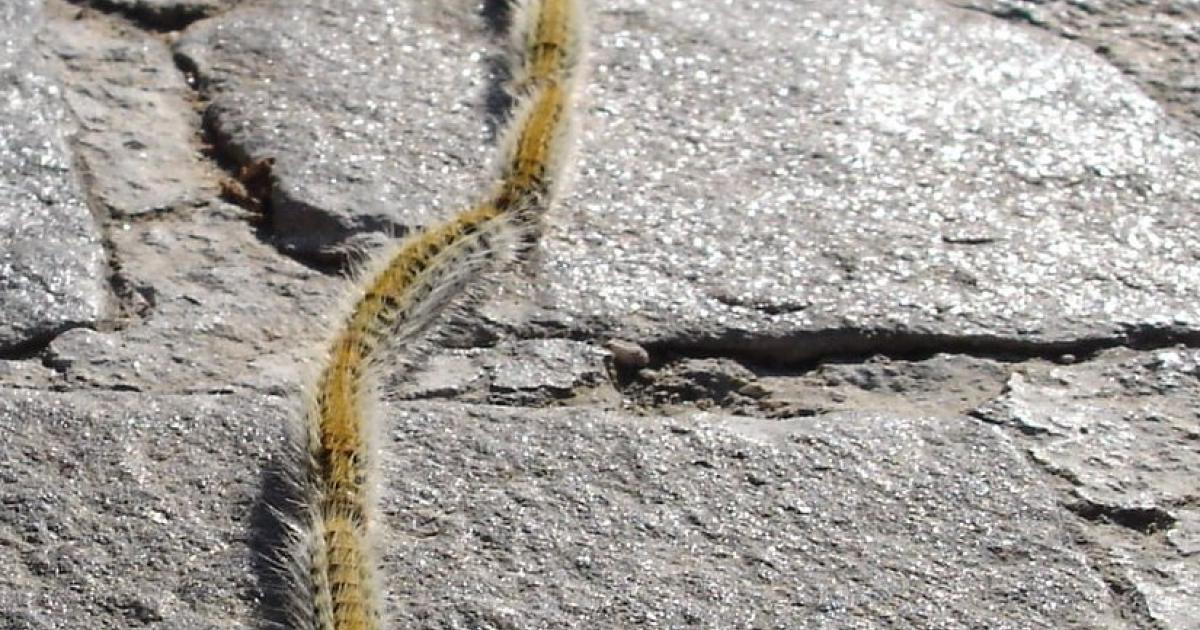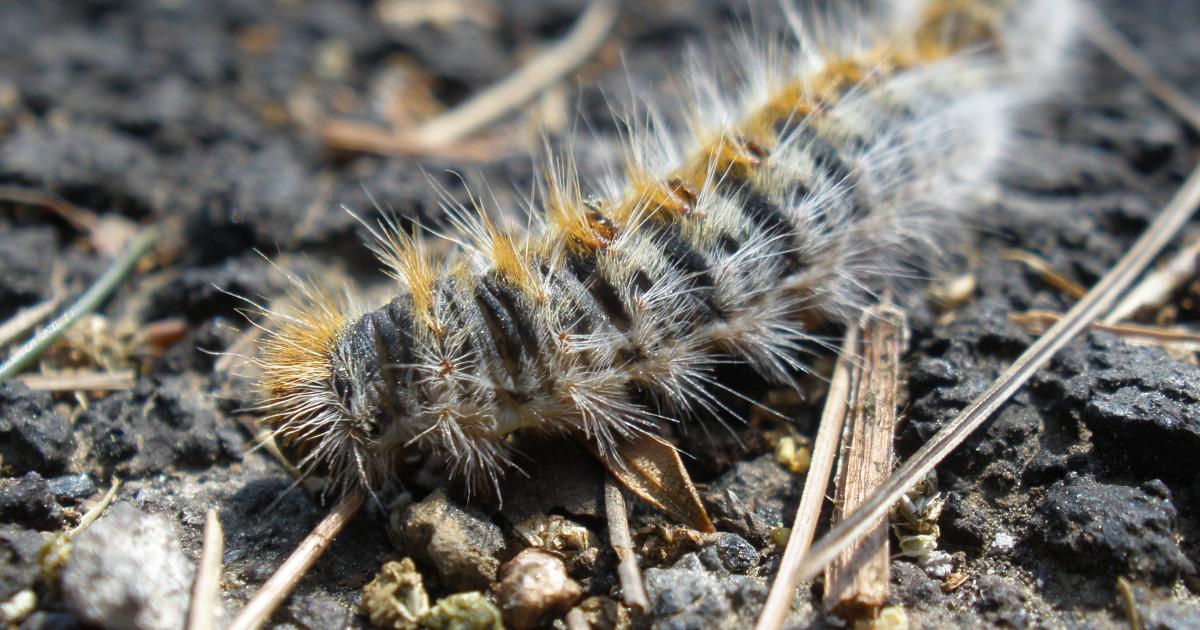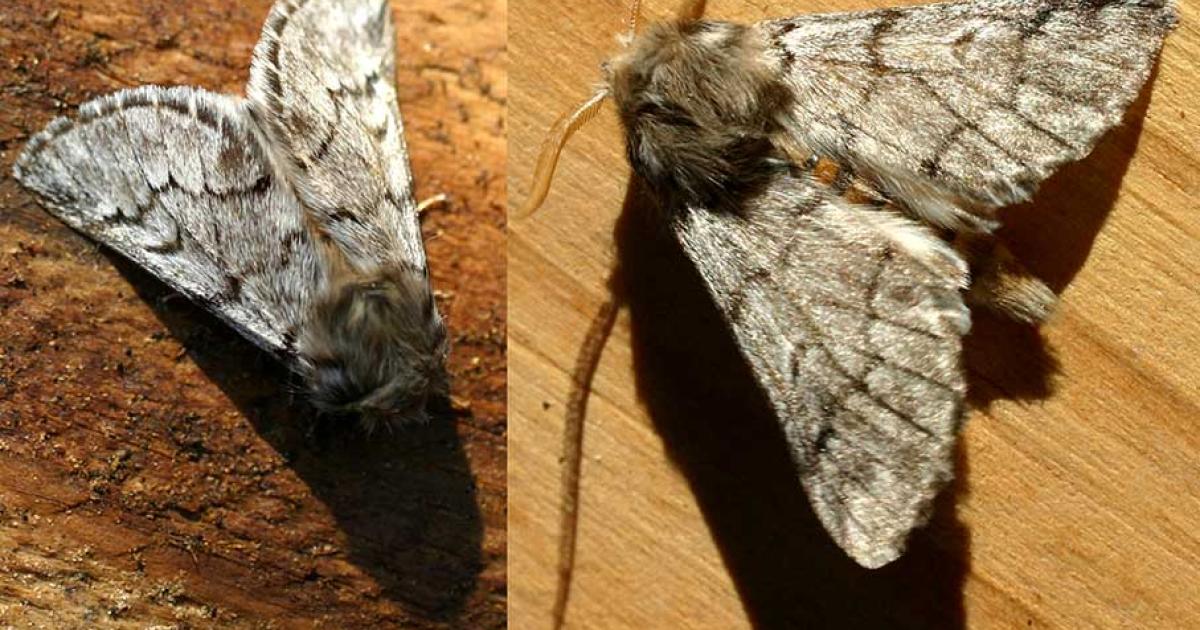
The Processionary Caterpillar in Spain: Threats
Behavior of processionary caterpillars:
During the winter, caterpillar larvae gather in pockets on tree branches. White nests are observed in February, and the mild winters of recent years have accelerated the process of the caterpillars' descent from the trees.

Warnings and threats:
The Civil Guard warns against processionary caterpillars, they are covered with prickly hairs that cause irritation in humans and allergic reactions. Contact with caterpillars can lead to serious health consequences, cause irritation of the respiratory tract and for pets can be life-threatening, so extreme caution is advised when walking pets.
Characteristics of the processionary caterpillar:
The pine processionary, a butterfly in the family Thaumetopoeidae, is a major pest of pine trees in Spain. Various methods are used to control its population, including pheromone traps, nest removal and chemicals. Injecting a dacryonic solution directly into the trunk of pine trees is a common practice.

The processionary caterpillar poses serious environmental and public health risks. Understanding population control methods and supporting natural predators are key to effectively managing this problem. Forest protection and preventive approaches are essential to maintaining the balance of forest ecosystems. And we ourselves should exercise the utmost caution.
Thaumetopoea pityocampa
Images obtained from Wikipedia
https://es.wikipedia.org/wiki/Thaumetopoea_pityocampa








